Intestinal obstruction is a condition characterized by disturbances in the transport of intestinal contents through the small and large intestines. However, it is not a homogeneous concept, as obstruction can be:
Intestinal obstruction can be caused by strangulation, obstruction, or paralysis of the intestine. This is affected by:
As mentioned above, we have several types of disease. Here, we are going to focus on two of them – mechanical bowel obstruction![]() and functional ileus
and functional ileus![]() .
.
A characteristic feature is the formation of a mechanical obstacle in a section of the intestine. It is most often located in the area of the large intestine, and the mechanism of this type of obstruction is associated with:
Some of the causes of mechanical ileus![]() are:
are:
Functional intestinal obstruction occurs when there are no peristaltic movements to move the contents of the intestines through the digestive tract. Among the functional intestinal obstruction, we can additionally distinguish spastic and paralytic ileus.
Functional ileus![]() may be caused by:
may be caused by:
Spastic intestinal obstruction is affected by the contraction of the muscles in the walls of the intestine. It may be a consequence of uremia, injuries, poisoning, or the presence of a foreign body in the lumen of the intestine.
The symptoms of intestinal obstruction![]() are characteristic and sudden and include:
are characteristic and sudden and include:
Intestinal obstruction is a severe disease, which in the absence of appropriate surgical treatment can lead to death within a dozen or so hours. An accurate diagnosis of the cause of the obstruction is not always possible. It is significant to refer the patient to the surgical ward as soon as possible when we suspect a gastrointestinal obstruction.
In the case of mechanical intestinal obstruction, colic abdominal pain is usually one of the first symptoms and is characterized by a wave of sharp pain followed by relief and reappearance. It is worth knowing that the frequency and severity of successive attacks gradually increase – and if this type of pain subsides and is replaced by constant and dull pain in the mid-abdomen, this may indicate increasing obstruction.

As for vomiting, the lower the obstruction is, the less severe it is and the later it occurs. In higher-located ileus it is persistent, profuse, and usually bile; in low-located obstruction – it is foul-smelling.
During the physical examination, the doctor can hear high peristaltic tones with a metallic undertone (croaking and pouring), which intensify during the period of pain. Interestingly, in the later stages of the disease, due to intestinal fatigue, the intervals between periods of increased peristalsis may be longer.
Furthermore, in individuals with a slender physique, there is a phenomenon known as bowel positioning, which involves the constriction of swollen intestinal loops during periods of heightened peristalsis. It is worth remembering that the rapidly deteriorating general condition of the patient may be a symptom of intestinal necrosis.
In the case of functional obstruction, abdominal pain is severe and constant, and its location may indicate the location of the cause. Physical examination of the patient reveals inaudible peristalsis – silence in the abdomen. Frequently single “knocking” sounds are possible. In addition, symptoms of peritonitis may be present, such as muscle defense, pain when trying to cough, a positive Blumberg's sign (intensive pain when releasing pressure on the abdomen with a hand), and often an increase in body temperature.
Symptoms of ileus should be promptly consulted with a specialist.
To properly diagnose![]() intestinal obstruction, gathering the patient's medical history and conducting a physical examination is significant. These are the basic steps.
intestinal obstruction, gathering the patient's medical history and conducting a physical examination is significant. These are the basic steps.

In addition, when an intestinal obstruction is suspected, imaging tests are often ordered, e.g., an X-ray examination in a standing or lateral position, which shows distended bowel loops and fluid levels. It often reveals the presence of a foreign body in the intestinal lumen. Another test is computed tomography, which allows us to determine where the obstruction occurred and to find the cause of the ailment, e.g., the presence of cancer.
Examinations allowing us to visualize places of obstruction are contrast examination of the digestive tract and endoscopic examination.
If you notice abdominal pain, vomiting, gas, and stool retention, go to the hospital immediately. Do not take laxatives or strong painkillers – use warm compresses or a hot water bottle. However, you can apply a drying compress to the abdomen before the arrival of the doctor.
The treatment of bowel obstruction depends on the cause![]() . Unless the patient is critically ill and does not require urgent surgery, a rectal enema or manual stool removal may be attempted. The most common strangulation obstruction
. Unless the patient is critically ill and does not require urgent surgery, a rectal enema or manual stool removal may be attempted. The most common strangulation obstruction![]() due to the presence of adhesions requires surgical treatment. The procedure involves cutting the adhesions and releasing the intestinal loops. However, adhesions tend to recur and often necessitate re-operation. Treatment is similar in the presence of a hernia. To prevent the recurrence of the hernia, the integuments are secured using meshes.
due to the presence of adhesions requires surgical treatment. The procedure involves cutting the adhesions and releasing the intestinal loops. However, adhesions tend to recur and often necessitate re-operation. Treatment is similar in the presence of a hernia. To prevent the recurrence of the hernia, the integuments are secured using meshes.
If the obstruction is caused by a cancerous tumor – the specialist removes the change. The most common tumor is colorectal cancer. In this case, the affected part of the intestine is excised within the limits of healthy tissues. The distal stump of the intestine is then closed, and the stoma emerges from the proximal end. This procedure is called Hartmann's operation![]() . This procedure takes up to several hours. After some time, it is possible to restore the continuity of the digestive tract by appropriate anastomosis.
. This procedure takes up to several hours. After some time, it is possible to restore the continuity of the digestive tract by appropriate anastomosis.
Since paralytic obstruction![]() is most often caused by peritonitis, it also requires surgical intervention. The source of the problem may be, for example, a perforated diverticulum of the large intestine or appendicitis. Conservative treatment may be initiated only when indications for urgent surgical intervention have been ruled out. If metabolic causes of obstruction are suspected, e.g., decompensated diabetes mellitus or renal insufficiency, correction of electrolyte disturbances is necessary.
is most often caused by peritonitis, it also requires surgical intervention. The source of the problem may be, for example, a perforated diverticulum of the large intestine or appendicitis. Conservative treatment may be initiated only when indications for urgent surgical intervention have been ruled out. If metabolic causes of obstruction are suspected, e.g., decompensated diabetes mellitus or renal insufficiency, correction of electrolyte disturbances is necessary.
After surgery due to ileus, an appropriate diet![]() is presented in the surgical ward. New products are introduced gradually, from a “zero” diet, through a liquid, gruel diet, to an easily digestible diet. The diet after surgery should contain delicate products that are easy to digest and excrete. It is usually recommended to maintain it for 4-6 weeks after surgery. During this time, you should avoid fatty, fried meat and meat products. Lean meat, preferably cooked in water or steamed, is recommended instead.
is presented in the surgical ward. New products are introduced gradually, from a “zero” diet, through a liquid, gruel diet, to an easily digestible diet. The diet after surgery should contain delicate products that are easy to digest and excrete. It is usually recommended to maintain it for 4-6 weeks after surgery. During this time, you should avoid fatty, fried meat and meat products. Lean meat, preferably cooked in water or steamed, is recommended instead.
The fruit selection is also limited. You should avoid raw and dried fruits, juices with pulp, and candied fruits. You should also not eat raw or fried vegetables. It is advisable to eat wheat bread without grains and other additives.
You should also chew your food correctly so that it has a mushy consistency. It is advisable to take small meals frequently.
In the case of intestinal obstruction, which is caused by various underlying diseases, it is challenging to talk about a complete cure. During surgical and conservative treatment, the symptoms of obstruction disappear in most cases. However, recovery mainly depends on the cause of the problem.
Ileus is usually caused by factors outside of the patient's control, so they cannot do much to prevent the obstruction. Prophylaxis of postoperative intestinal obstruction is the responsibility of medical personnel who should provide the patient with proper postoperative care.
People suffering from diabetes or chronic kidney disease should remain under the care of a doctor and follow medical recommendations. This will reduce the risk of complications such as paralytic ileus.
It is also possible to reduce the risk of developing a colon tumor causing mechanical obstruction. In addition to a healthy lifestyle and a diet rich in fiber![]() , you can undergo endoscopic screening.
, you can undergo endoscopic screening.
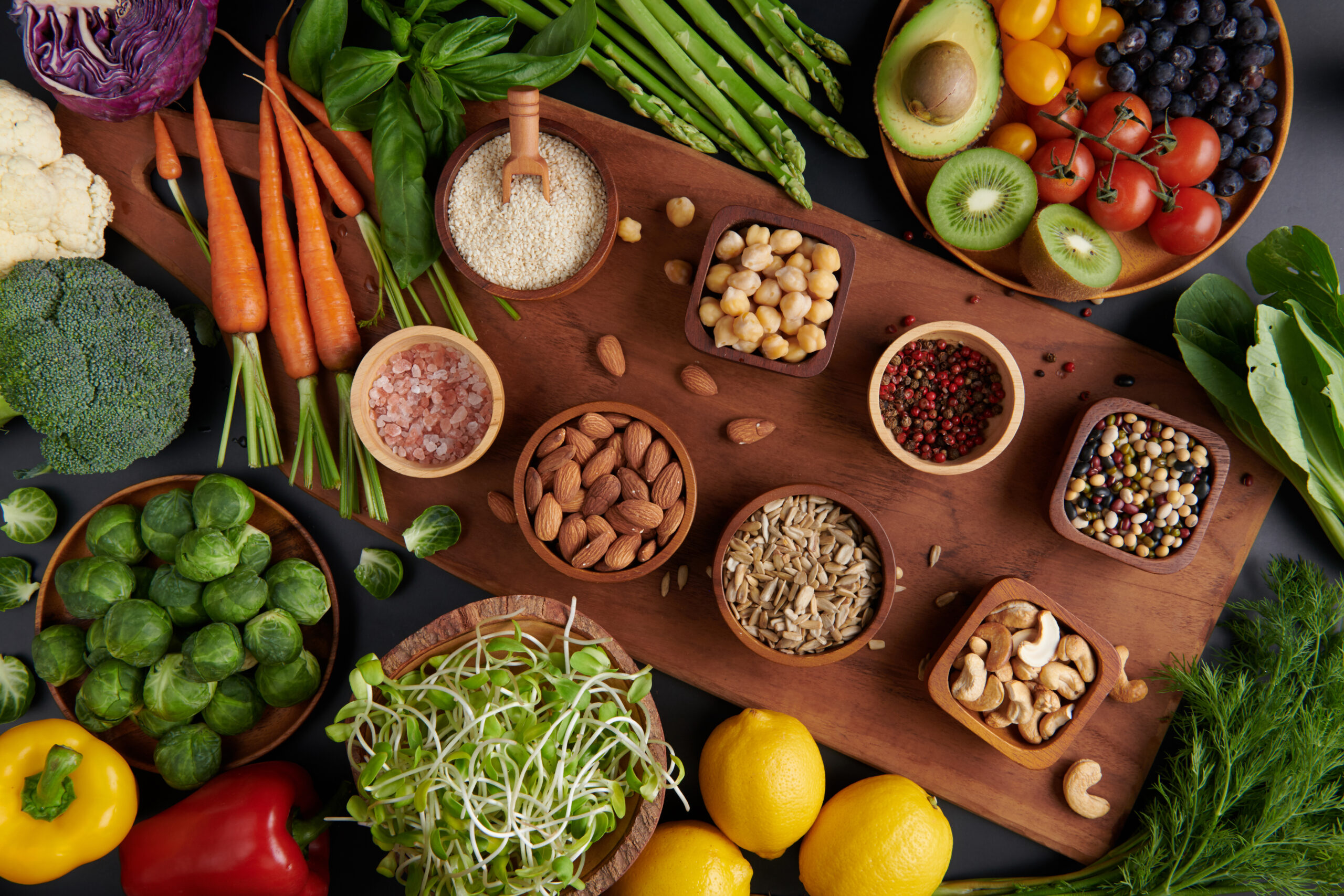
Intestinal obstruction is a severe medical condition that cannot be treated at home. Nevertheless, there are various ways to enhance the functioning of the intestines that can be beneficial.
A high-fiber diet and adequate fluid![]() intake are essential. It is recommended to consume about 30 g of fiber and 2 liters of water a day.
intake are essential. It is recommended to consume about 30 g of fiber and 2 liters of water a day.
Physical activity also supports the proper functioning of the intestines.
People who experience constipation despite following the above rules can reach for dietary supplements![]() . Pharmacies offer a wide selection of agents that improve bowel function, also used for constipation. They have different ways of working. They are also available in various forms, such as glycerin suppositories, or bisacodyl tablets.
. Pharmacies offer a wide selection of agents that improve bowel function, also used for constipation. They have different ways of working. They are also available in various forms, such as glycerin suppositories, or bisacodyl tablets.
Specialists may recommend some changes in diet to boost the functioning of the intestines, including consuming more:
Table of Contents
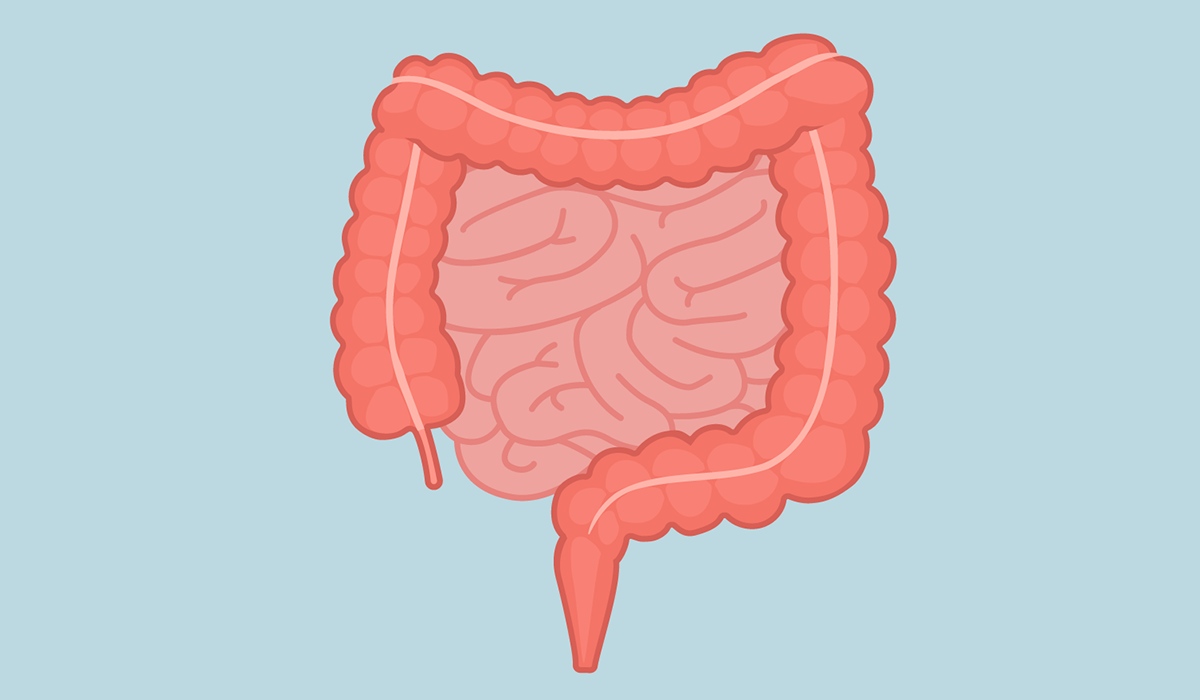
The term “bowels” refers to the gastrointestinal tract, specifically the intestines. They are divided into two main parts: the small… read more »

Flatulence is the excessive accumulation and release of gases. See what are the causes of this condition. What to do… read more »
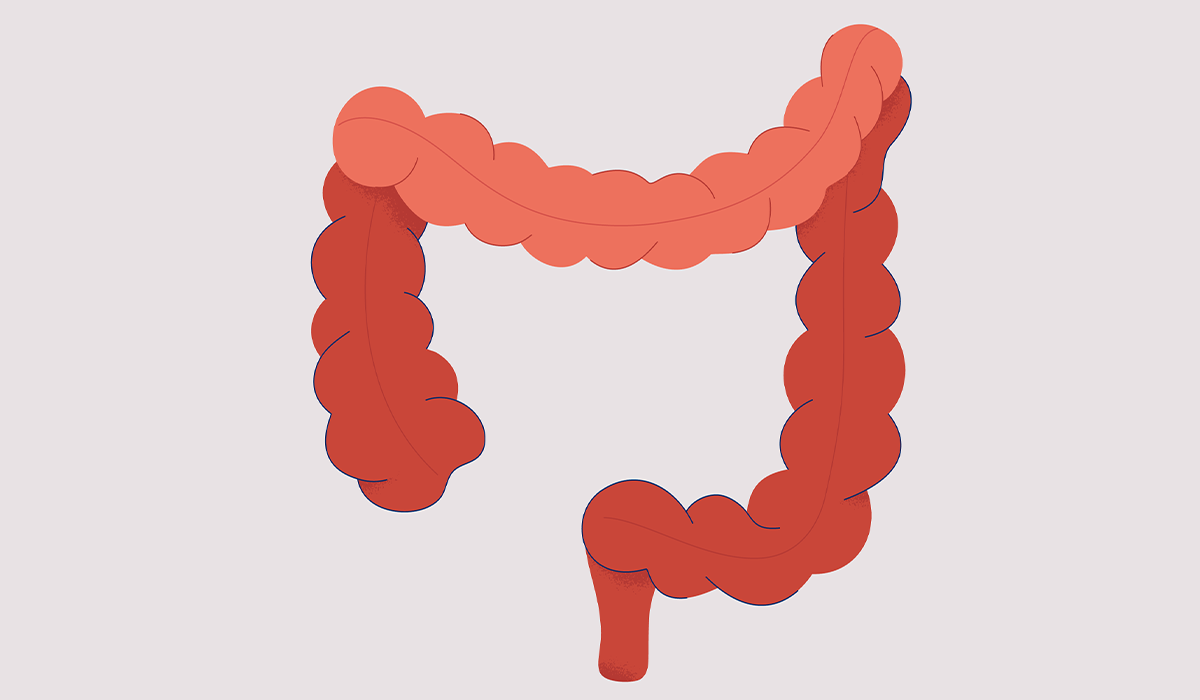
The colon is part of the large intestine and is essential for the digestive system. Some signs may indicate problems… read more »
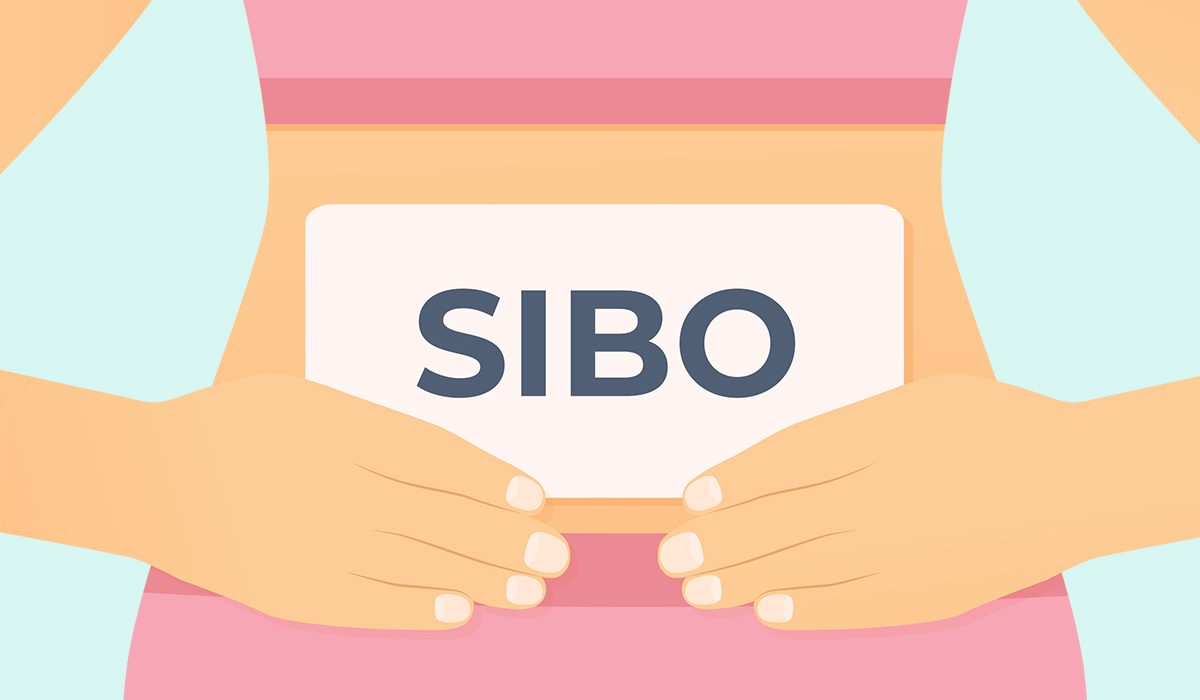
SIBO is a syndrome of symptoms that occurs when there are too many bacteria in the small intestine. The causes… read more »
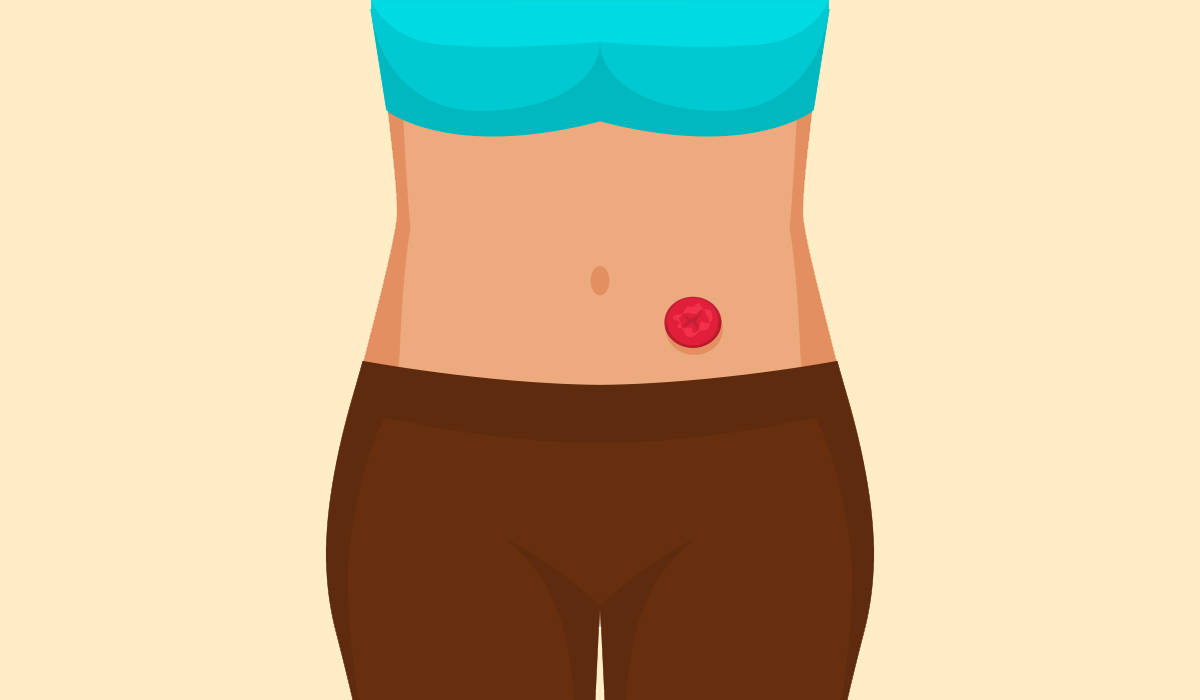
A stoma is a surgically created opening that leads urine or faeces outwards. The procedure of placing a stoma is… read more »
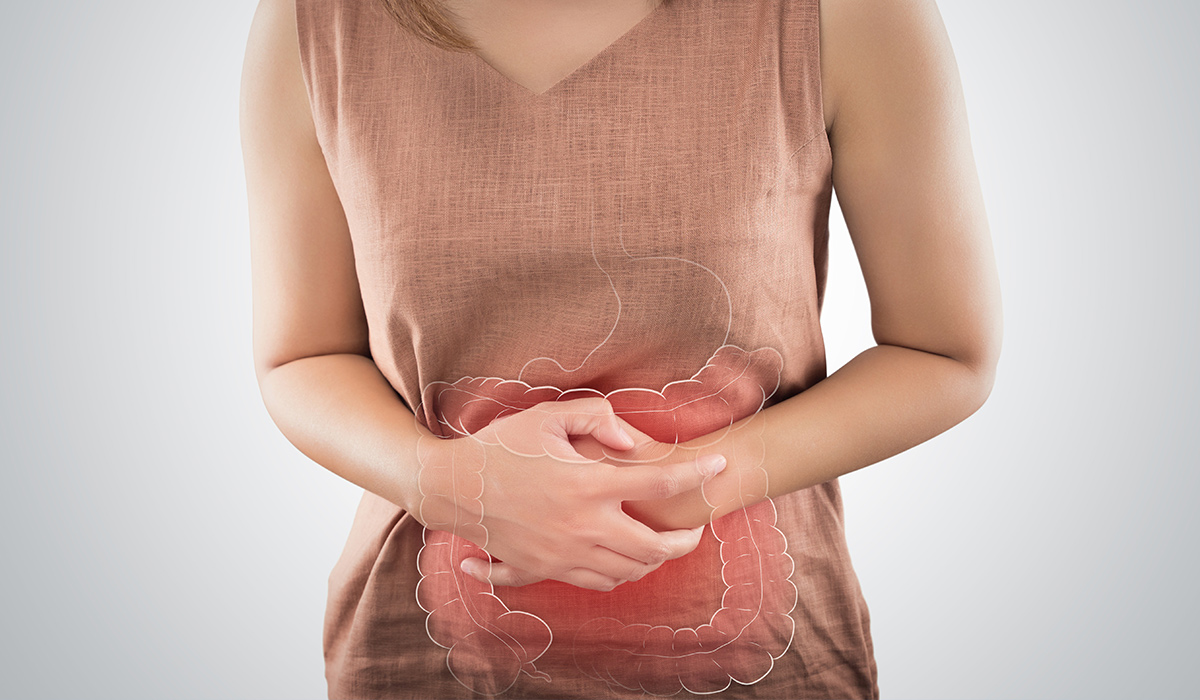
Ulcerative colitis is a chronic inflammatory disease of the large intestine, often manifested by diarrhea with blood. Here is everything… read more »
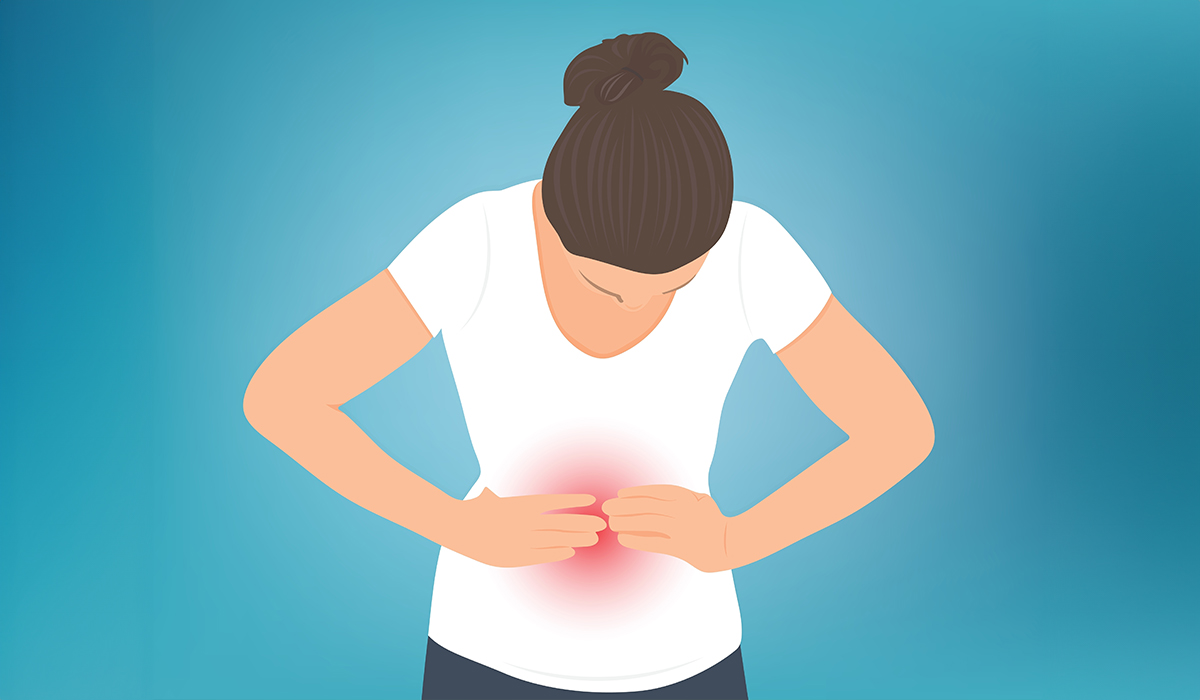
Abdominal pain refers to discomfort or pain felt anywhere in the area between the chest and the pelvis, commonly known… read more »
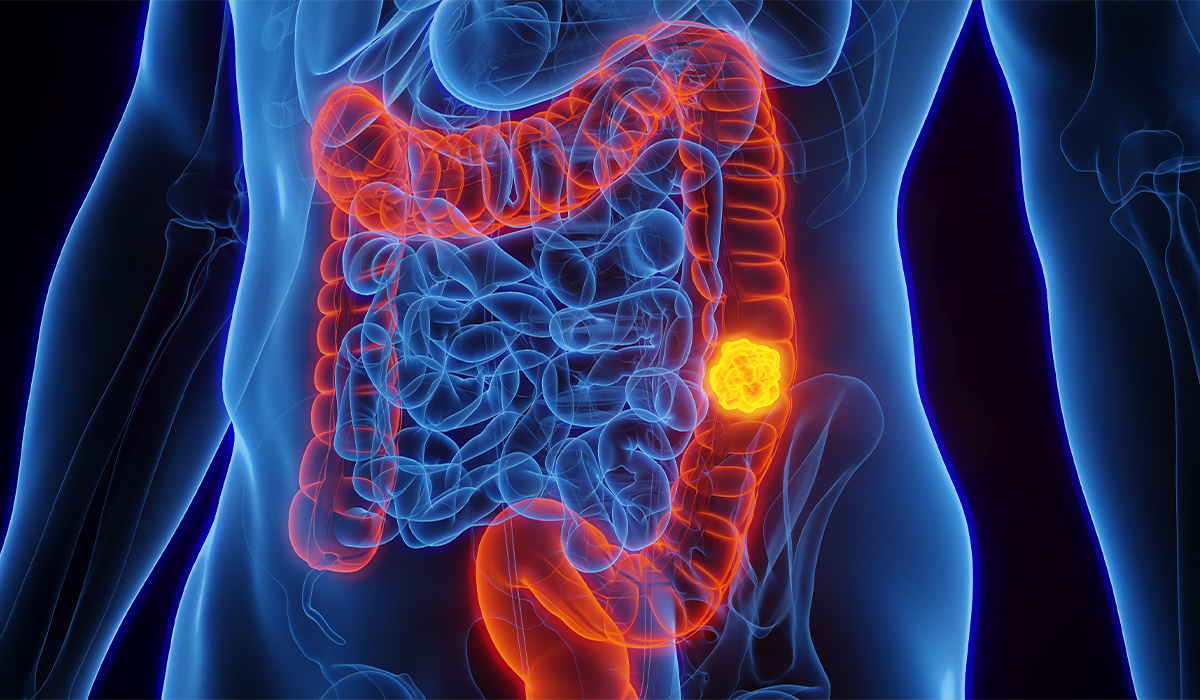
Colon cancer is a common disease with a high mortality rate. Find out how to recognise the first signs of… read more »
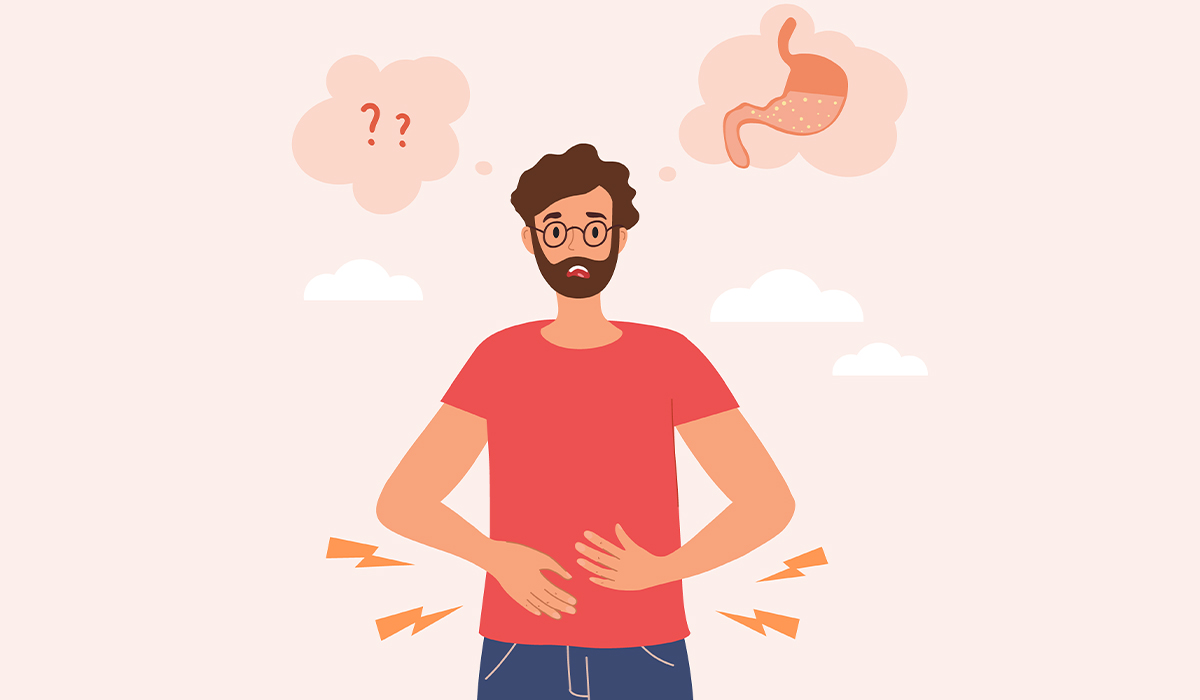
A bloated stomach is a condition characterized by a feeling of fullness, tightness, or swelling in the abdomen. What are… read more »